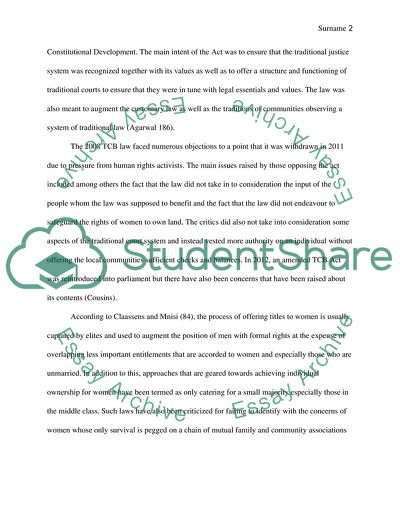Cite this document
(Women Rights and Food Security Literature review Example | Topics and Well Written Essays - 2500 words, n.d.)
Women Rights and Food Security Literature review Example | Topics and Well Written Essays - 2500 words. https://studentshare.org/history/1808275-womens-rights-and-food-security
Women Rights and Food Security Literature review Example | Topics and Well Written Essays - 2500 words. https://studentshare.org/history/1808275-womens-rights-and-food-security
(Women Rights and Food Security Literature Review Example | Topics and Well Written Essays - 2500 Words)
Women Rights and Food Security Literature Review Example | Topics and Well Written Essays - 2500 Words. https://studentshare.org/history/1808275-womens-rights-and-food-security.
Women Rights and Food Security Literature Review Example | Topics and Well Written Essays - 2500 Words. https://studentshare.org/history/1808275-womens-rights-and-food-security.
“Women Rights and Food Security Literature Review Example | Topics and Well Written Essays - 2500 Words”. https://studentshare.org/history/1808275-womens-rights-and-food-security.


